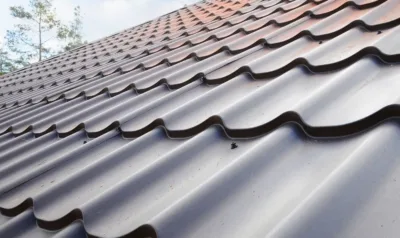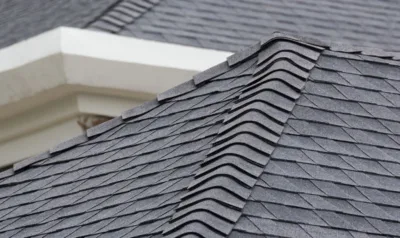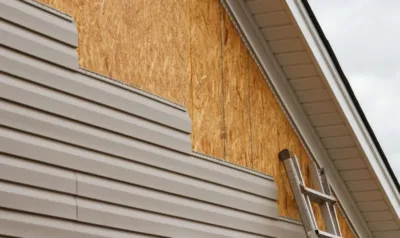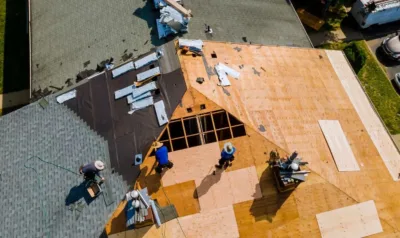What Is The Best Siding for New Jersey Homes?
The best siding for New Jersey homes is fiber cement or insulated vinyl siding, the top two choices for reliable year-round protection.
Fiber cement offers exceptional durability, fire resistance, and a high-end appearance with minimal upkeep, while insulated vinyl siding provides strong energy efficiency, weather resistance, and affordability.
These two siding options offer the best balance of performance, style, and long-term value for New Jersey homeowners facing everything from summer humidity to winter storms.
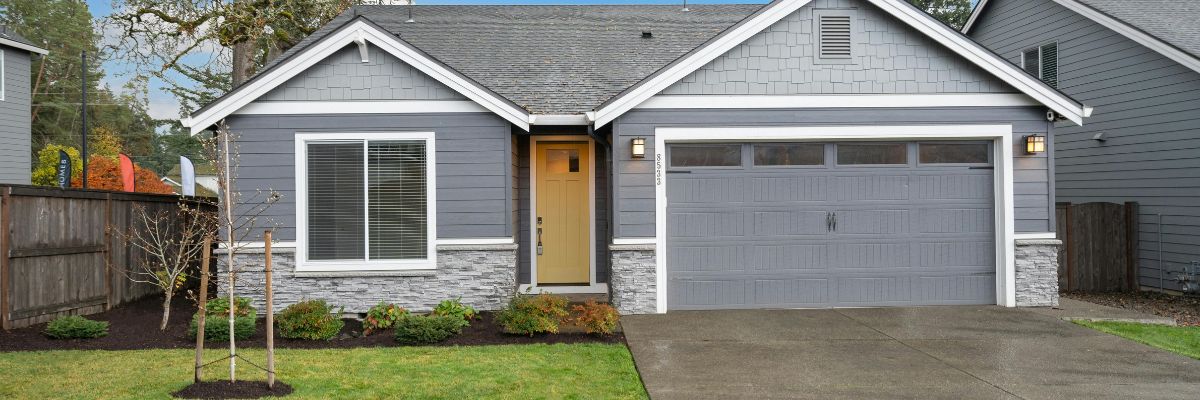
Top Siding Materials for New Jersey Homes
New Jersey’s diverse climate calls for siding that can handle everything from coastal humidity to snowstorms. Homeowners have a variety of siding materials to choose from, each with its own advantages and trade-offs. Here’s a closer look at the top contenders.
Fiber Cement Siding
Fiber cement siding, including popular brands like James Hardie, stands out as one of the most weather-tough and low-maintenance choices for homes in New Jersey. Its composition—typically a mix of cement, sand, and cellulose fibers—makes it exceptionally resistant to warping, cracking, fire, pests, and moisture.
This material performs particularly well in coastal regions or storm-prone areas where high winds and humidity are regular concerns. Visually, it can replicate the appearance of wood or shingles and comes in a wide selection of colors and textures to suit both modern and traditional homes.
While fiber cement requires less upkeep than wood, it does benefit from repainting every 10 to 15 years to preserve its look and protective finish. It doesn’t provide built-in insulation but works effectively when installed with energy-efficient sheathing or continuous insulation. Its main drawbacks are weight and cost—fiber cement is heavier than vinyl or wood and typically demands professional installation.
Insulated Vinyl Siding
Vinyl siding is a widely used and budget-friendly option, and insulated versions take it a step further by adding foam backing for improved thermal performance. This added insulation can significantly increase your home’s R-value, helping to stabilize indoor temperatures and reduce heating and cooling costs over time.
Moisture-resistant by nature, vinyl siding does not rot or attract pests. Insulated versions also offer greater impact resistance, making them better equipped to withstand storms and flying debris. Maintenance is minimal—typically just a yearly rinse to remove dirt or mildew buildup.
While vinyl is affordable and easy to install, it can become brittle in extreme cold and may warp under prolonged heat exposure if not installed properly. Aesthetic limitations also exist, as vinyl typically lacks the depth and texture of materials like fiber cement or engineered wood.
Engineered Wood Siding
Engineered wood siding is an increasingly popular choice for homeowners who appreciate the warm look of wood but want better protection against the elements. Brands like LP SmartSide and KWP Eco-Side manufacture products that are specially treated to resist moisture, rot, and insects.
This type of siding is a strong performer in New Jersey’s climate, handling freeze-thaw cycles and seasonal humidity with ease. It’s also a more sustainable option, often made from recycled wood fibers and low-emission resins.
Engineered wood can be customized with different finishes and styles to achieve a natural wood appearance without the full maintenance burden. It does, however, require occasional painting or sealing to maintain its integrity over time, particularly in areas exposed to high moisture.
Composite Siding
Composite siding combines wood fibers, polymers, and resins to create a durable, low-maintenance product well-suited to the Mid-Atlantic climate. It is engineered to resist warping, cracking, and insect damage, and it performs admirably across all seasons—from icy winters to hot, humid summers.
One of the key benefits of composite siding is its natural look, which closely resembles real wood while offering significantly easier upkeep. Its finishes are often fade-resistant, requiring little more than an occasional rinse to stay looking new.
Though composite siding is still growing in popularity, it has proven to be a strong contender in terms of durability and energy efficiency. Pricing can vary depending on the brand and product quality, so homeowners should carefully evaluate different lines when making a selection.
Metal Siding
Metal siding, commonly made from aluminum or steel, is a rugged and resilient option that works especially well in New Jersey’s coastal regions. Both materials resist moisture and fire, and they’re not susceptible to insect damage—making them excellent choices for high-humidity or storm-prone environments.
Steel is especially tough and long-lasting, though it may require anti-rust coatings or treatment in areas with heavy precipitation. Aluminum is lighter and easier to install but may dent more easily from hail or debris.
One of the underrated benefits of metal siding is its energy performance. It reflects solar radiation and can reduce summer cooling costs. While it’s generally low-maintenance, painted finishes can fade over time, and some homeowners find that additional soundproofing is needed to offset rain noise.
Natural Wood and Cedar Siding
For those who prioritize traditional aesthetics, natural wood and cedar siding offer unmatched charm and authenticity. These materials are known for their warm appearance and ability to complement a range of architectural styles, particularly colonial, craftsman, and farmhouse homes.
Wood siding also offers natural insulation, helping to regulate interior temperatures throughout the year. However, this material demands a high level of upkeep. Without regular sealing, staining, or painting, wood can easily fall prey to rot, insects, and warping—especially in New Jersey’s humid and wet regions.
Because of the ongoing maintenance requirements, natural wood siding is often better suited for inland or lower-humidity areas, or for homeowners who are committed to preserving its condition over time.
Quick Comparison Table
| Siding Type | Durability | Weather Resistance | Maintenance | Energy Efficiency | Cost | Best For |
| Fiber Cement | High | Excellent | Moderate | Good | $$–$$$ | Longevity, coastal or storm-prone areas |
| Engineered Wood | High | Excellent | Low–Moderate | Good | $$–$$$ | Sustainable homes with wood aesthetics |
| Insulated Vinyl | Moderate–High | Good | Low | High | $–$$ | Budget-conscious, energy-efficient upgrades |
| Composite | High | Excellent | Low | Good | $$–$$$ | Contemporary styles, low-maintenance needs |
| Metal (Aluminum/Steel) | Moderate–High | Very Good | Low | Good | $$–$$$ | Shoreline or storm-vulnerable homes |
| Cedar/Natural Wood | Moderate | Fair–Good | High | Moderate | $$–$$$ | Traditional or rustic curb appeal |
Top Recommendations
Best Overall Performance
Fiber cement and engineered wood siding offer the best long-term durability and protection against New Jersey’s harsh weather. Both resist pests, moisture, and temperature swings, while offering strong aesthetics and low to moderate maintenance needs.
Best Value for Budget and Energy Efficiency
Insulated vinyl siding delivers excellent energy savings at an affordable price. It’s ideal for newer builds and suburban homes where homeowners want comfort, color choice, and minimal upkeep.
Aesthetics and Sustainability
Engineered wood and composite siding provide the warm, authentic look of wood with better resistance to damage. They are ideal for homeowners who want traditional appeal without the upkeep of real cedar.
Best for Coastal and Storm-Prone Homes
Fiber cement and metal siding are best suited to New Jersey’s coastal regions and areas with frequent storms. Their moisture resistance and wind durability help protect against salt air, driving rain, and heavy snow.
Key Selection Factors
Climate and Location
Homes near the coast should prioritize materials resistant to moisture and wind. Inland homes may face more snow or cold and benefit from insulated options.
Budget and Longevity
Balancing upfront costs with lifespan and maintenance can help you find the best long-term value. Some higher-cost options last much longer and reduce repair or repainting needs.
Aesthetics
Some neighborhoods or historic districts may require specific siding types or appearances. Choose a material that suits your home’s style while complying with local guidelines.
Professional Installation
Proper installation is essential for maximizing siding performance. Always consult local siding experts who understand New Jersey building codes and weather conditions.
Conclusion
Choosing the best siding for your New Jersey home means understanding your local climate, aesthetic preferences, energy goals, and maintenance needs. Fiber cement and engineered wood offer outstanding durability and long-term performance, making them ideal for homeowners seeking a tough, attractive solution. For those prioritizing cost-efficiency and insulation, insulated vinyl siding remains a top contender. Composite, metal, and natural wood also offer valuable benefits depending on your home’s architectural style and environment.
No matter which material you choose, proper installation is essential to ensure your siding performs as intended. That’s where Home Genius Exteriors comes in. As trusted local experts, we help New Jersey homeowners choose and install siding that looks beautiful, enhances energy efficiency, and withstands the state’s challenging weather.
Contact Home Genius Exteriors today for a free consultation and let us help you protect and transform your home with siding built to last.
